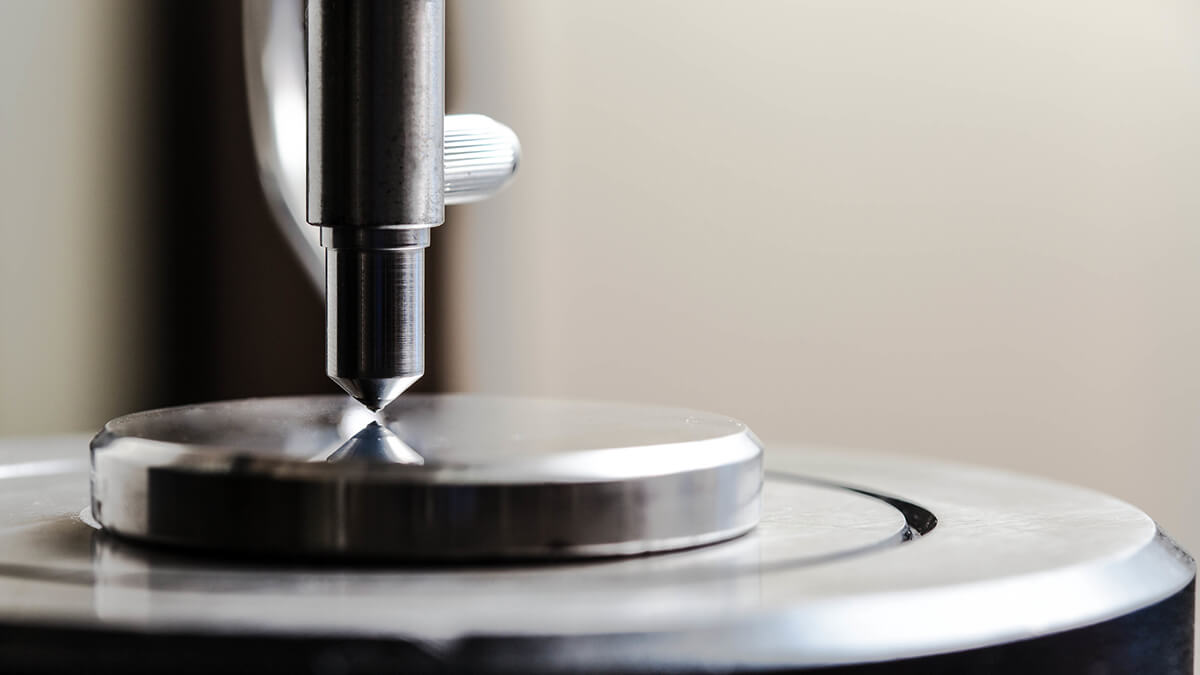Lathes can perform precision machining, and different types of lathes have their corresponding functions.
Classification of lathes
Lathes can be roughly divided into three types, engine lathes, turret lathes, and special lathes.
The basic engine lathe is used for most lathes, with the smaller bench or portable machines, or larger vertical tables standing on the floor.
This kind of machine tool is usually used in the on-site repair workshop, which can adapt to a variety of operations to complete the lathe processing work. Turret lathes or special lathes are often used for mass production or special purpose production workshops.
How do you divide the size of the engine lathe?
The size of the lathe is determined by the largest workpiece that can be machined. The maximum size that can be machined also takes into account the diameter of the workpiece during its rotational movement and the length of the distance from the center of the lathe machine. Therefore, lightweight bench engine lathes, precision tool room lathes, and gap lathes (also known as extended lathes) are classified according to size.
The light bench lathe machine, which is a small lathe mounted on a table, has a small swing angle and can perform most of the machining, but the processing capability is limited by the size of the workpiece.
Precision lathe machines are also common standard lathes that can handle all lathes machining, including turning, boring, drilling, reaming, thread screw production, taper turning, knurling, etc., and can also be used for special cutting operations. High-precision lathe machining is possible, and the workpieces that can be processed are 25 inches in diameter and 200 inches in length.







.png)






